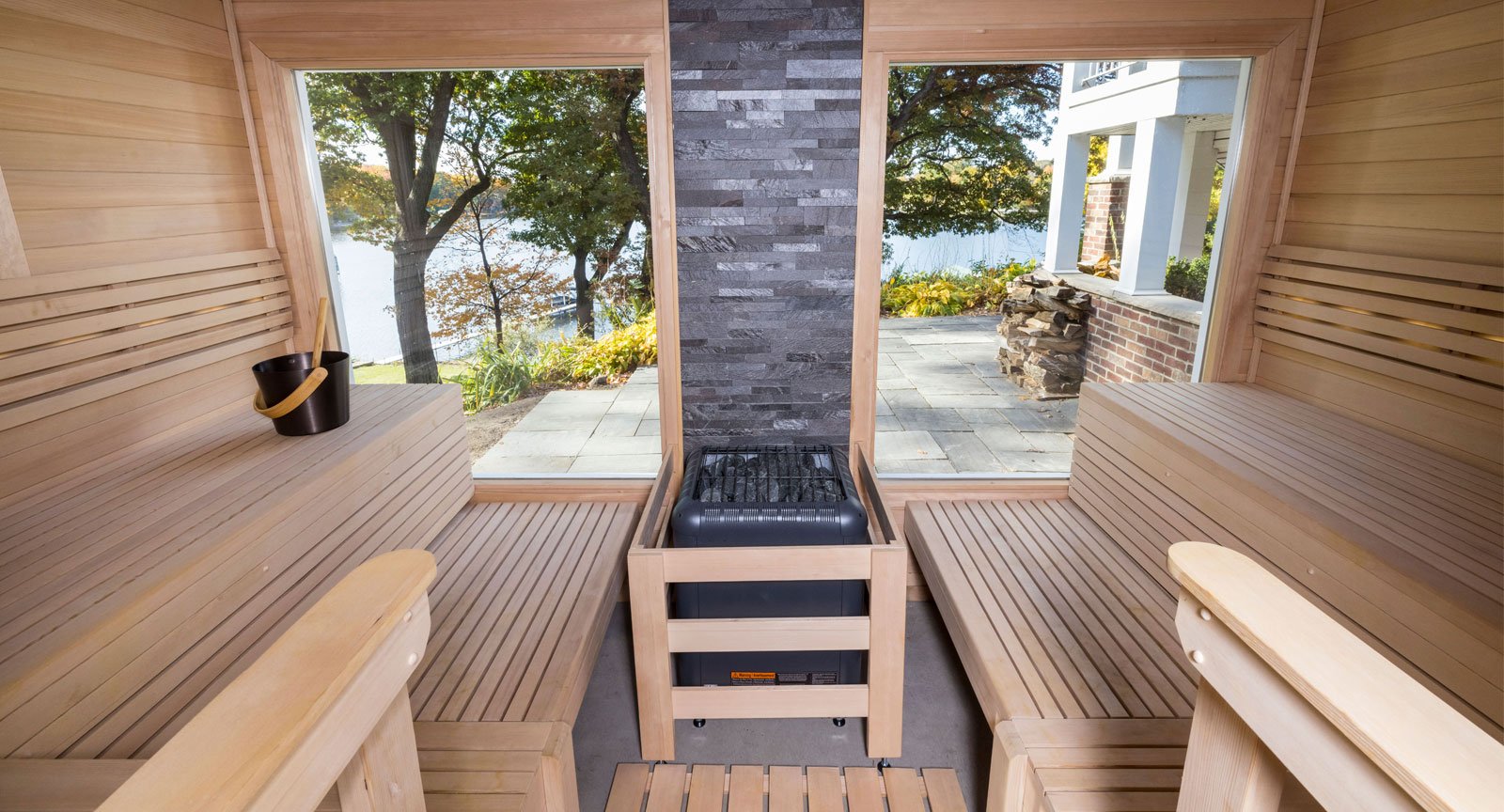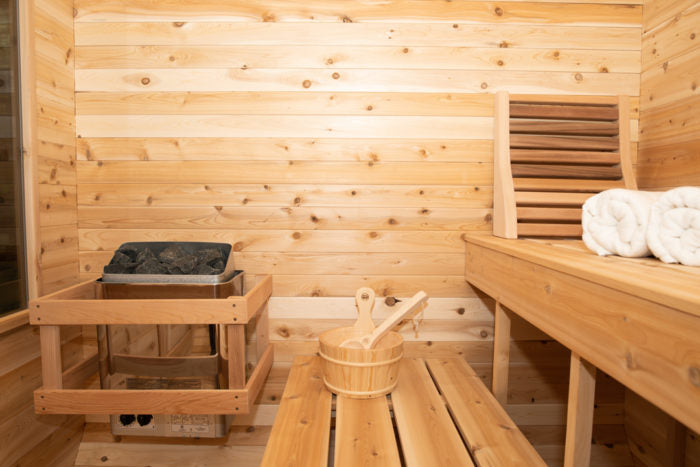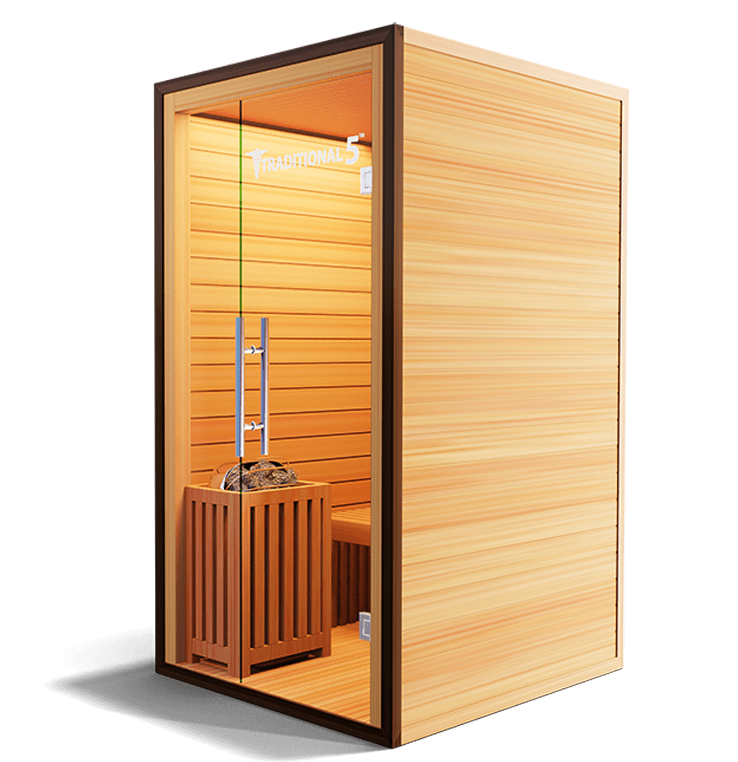How Traditional Sauna can Save You Time, Stress, and Money.
How Traditional Sauna can Save You Time, Stress, and Money.
Blog Article
Traditional Sauna Can Be Fun For Everyone
Table of ContentsThe Best Guide To Traditional SaunaThe smart Trick of Traditional Sauna That Nobody is Talking AboutThe Basic Principles Of Traditional Sauna The Buzz on Traditional SaunaTraditional Sauna - An Overview
The majority of the weight shed in a sauna is water loss and is re-gained upon rehydrating. Nevertheless, certainly sauna can be an integral part of a healthy and balanced weight loss program. To check out the differences in between typical and IR saunas, I will certainly separate these right into proven, theoretical, and fabricated differences.Therefore, the most popular point in the saunawhich is at the ceiling directly over the sauna heateris commonly in between 185 and 190 F. Claims that a traditional sauna exceeds 200 F is simply not true and not relevant for electric saunas offered in the United States. The temperature for a far-infrared sauna is typically established between 120 and 140 F; nevertheless, unlike the traditional sauna, the goal in and IR room is not to accomplish a high temperature.
As a result of this, the temperature level difference is virtually unimportant, since extreme sweating leads to both sauna kinds, but the technique of heating the body is different. In an IR sauna the bather will certainly feel warm and will sweat profusely, yet at much reduced temperatures (Traditional Sauna). Hence, if the goal is to spend longer durations of time in the sauna, the IR sauna is a great selection
When a typical sauna has actually been appropriately heated, the sauna wall surfaces are warm, the air temperature has actually attained established temperature and the rocks are incredibly warmed. As an intriguing side note, the heated wall surfaces and the rocks are sending out far-infrared heat, combined with the heated air, to produce an "wrapping up warmth".
An Unbiased View of Traditional Sauna

When the heat is achieved, the elements cycle on and off to maintain the heat. Most conventional sauna individuals appreciate pouring water over the rocks to develop heavy steam to increase sauna moisture levels. The advantages of putting water over the rocks include: making the area a lot more comfortable, moistening the nasal flows, and enabling the use of aromatherapy by blending crucial oils with the water.

When the power enters the body, it creates the body temperature to increase and eventually results in sweating. In an infrared sauna it is essential for the emitters/heaters to stay on almost regularly. Because there is no mass of rocks to preserve heat, the sauna will cool down if the emitters shut off.
As discussed over, the sauna bather in an infrared room intends to place himself before operating emitters to obtain maximum take advantage of the heat. The home heating time for the two areas can be very different, relying on just how the rooms are utilized. For a traditional sauna, a bather must permit 30-40 mins for the area to attain a wanted temperature and to correctly pre-heat the look at this site rocks.
The Ultimate Guide To Traditional Sauna
A well created sauna will typically achieve a temperature of 150-160 F in about 30-40 mins. For hotter temperature levels, the area might need to heat for a longer duration.

Standard saunas tend to be bigger (thus make use of more power) than infrared saunas, although standard saunas are absolutely readily available in one and 2 person dimensions. For a two-person traditional sauna, 5x6 or 5x7 size is most preferred. The leading bench can pleasantly seat 2 or 3 people and is additionally enough time to rest throughout the sauna session.
Little Known Facts About Traditional Sauna.
The average expense per kWH of electrical energy in the united state is roughly $0.11, so a 4.5 kW heating unit will certainly set you back approximately $.50 to run for one hour, if the heater runs constantly for one hour. Typically a sauna heating system will run for 75% of the first hour and 50% of succeeding hours Extra resources on since the elements cycle once the set temperature level is attained.

There is a seldom discussed distinction in the social experience between the 2 spaces. While our culture has actually lost some of the social advantage of the conventional sauna experience, it can be really socially satisfying (Traditional Sauna). From household time in the sauna, to heart-felt discussions with substantial others, to sauna partiesthe conventional sauna experience can lead to intimate mingling
Traditional Sauna Fundamentals Explained
Many higher end infrared spaces consist of tinted light treatment, noise systems and full-glass fronts.
Report this page